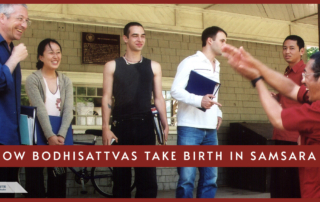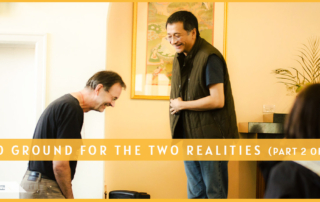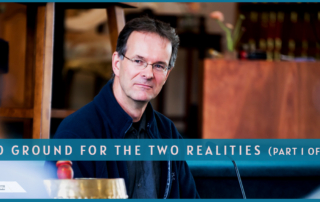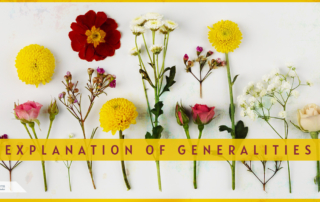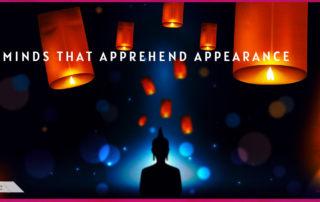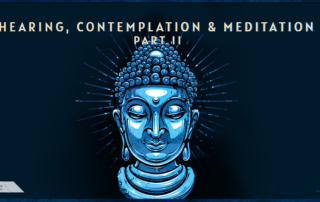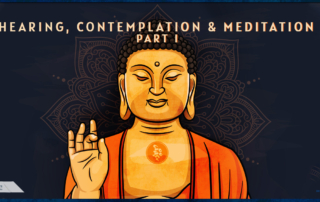The Way Consciousness Apprehends Objects
This excerpt is copyrighted material, please do not use or copy without written permission from Nitartha Publications. This is an excerpt from the sourcebook we use in our Mind & Its World II class. Mind & Its World II explores the criteria of valid cognition based on the teachings of the Pramāna tradition, or Buddhist epistemology. We will analyze our consciousness and determine to what degree it is in agreement with its observed object or not; what the difference is between non-mistaken, non-deceiving, conceptual and non-conceptual types of awareness. Practically speaking, this also provides the practitioner with the tools for delineating conceptual and nonconceptual types of mind

